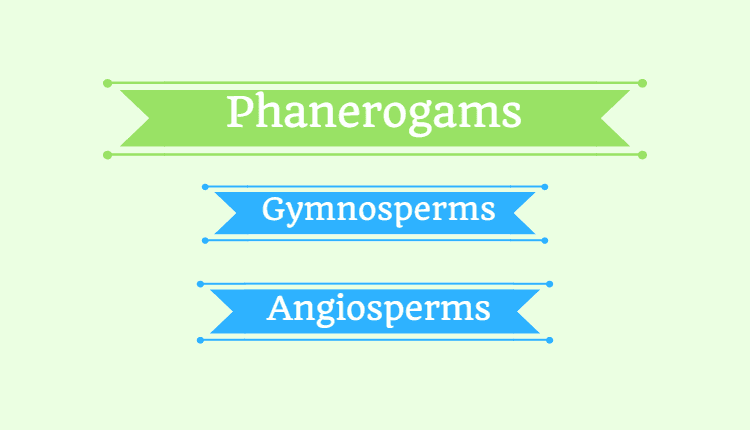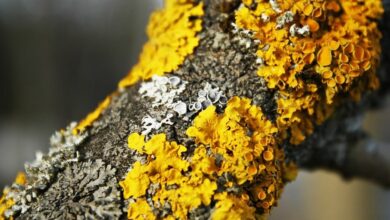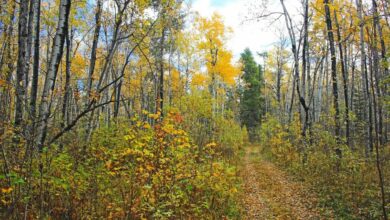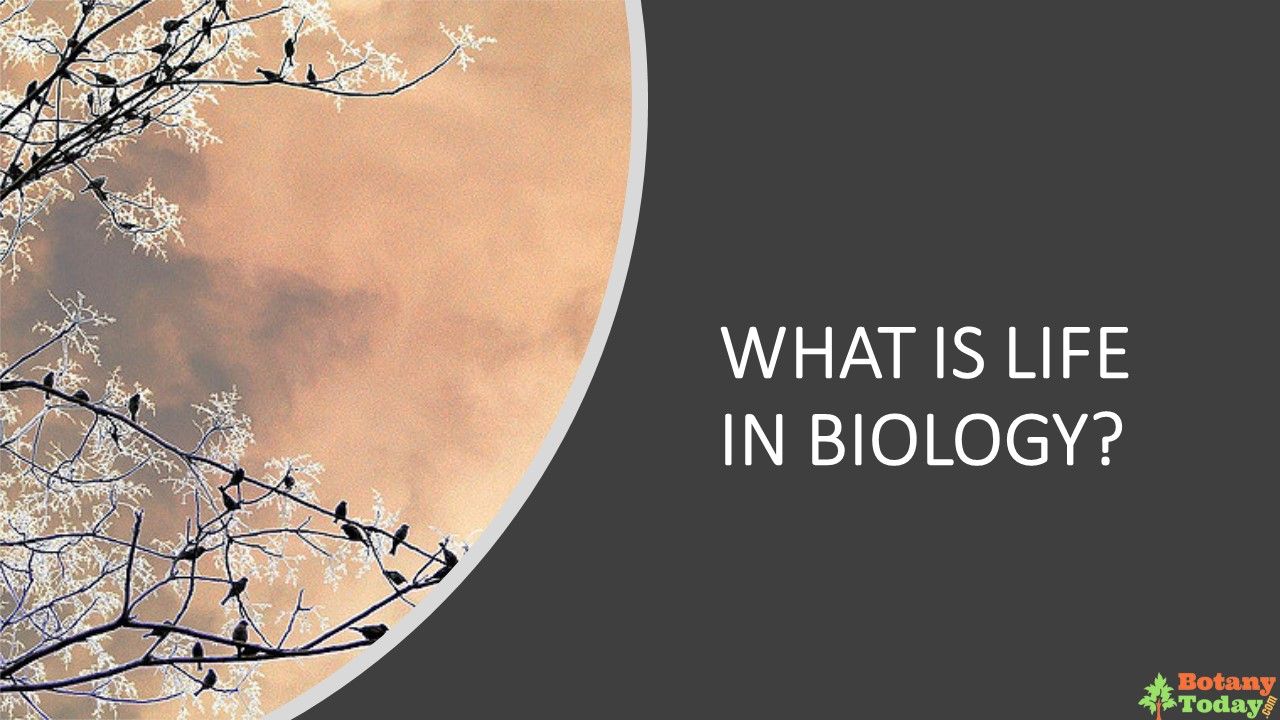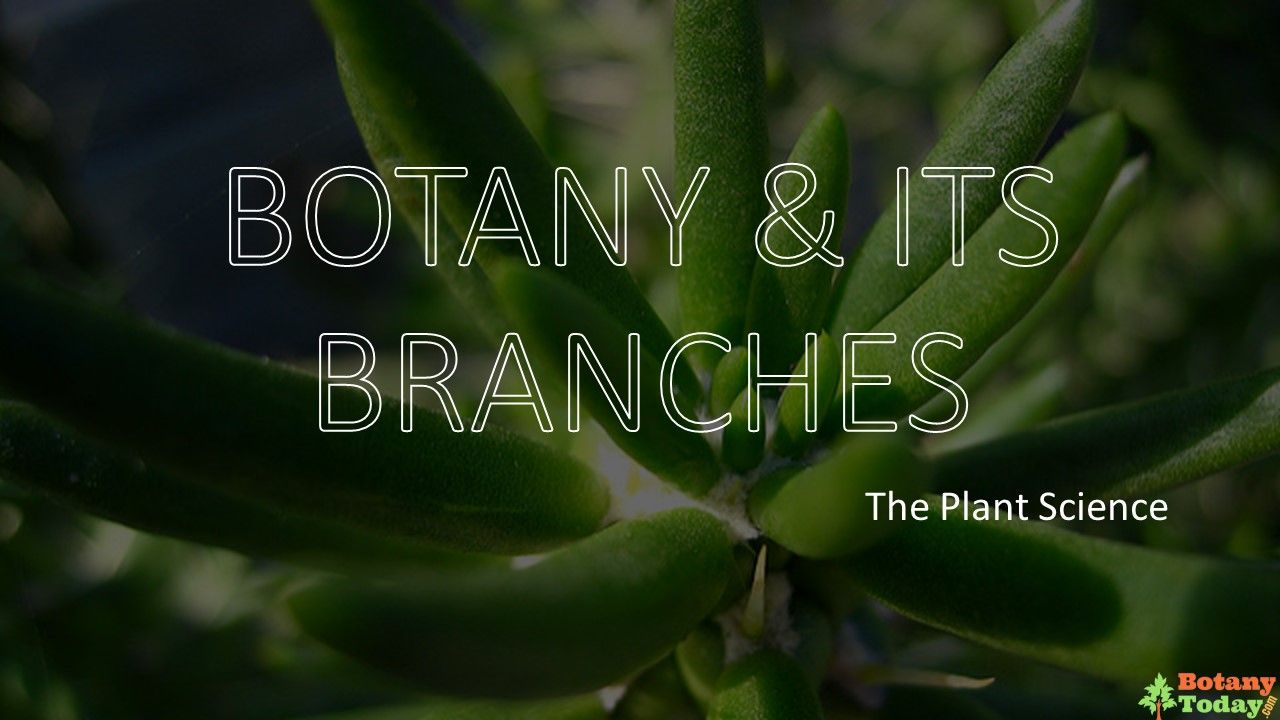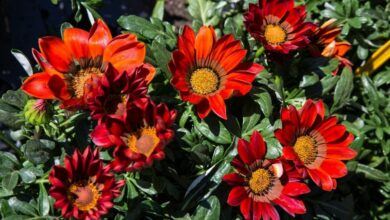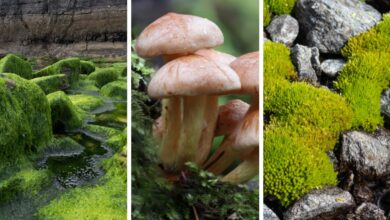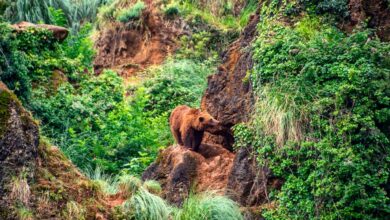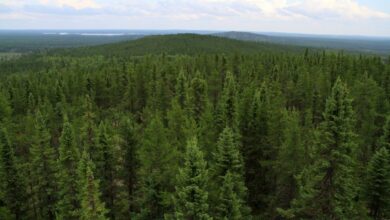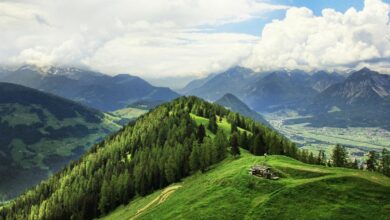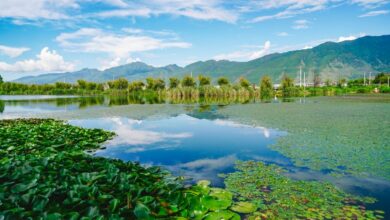Kingdom Plantae (Plant Kingdom)
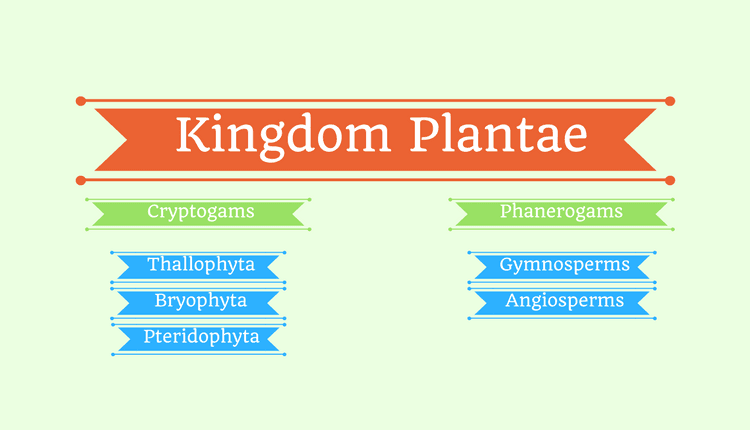
All the green, lovely, static and most commonly seen living organisms in the surrounding are the plants. These have diverse habitat found growing on land to deep sea and on the rocks to other trees. Like animals, plants also need food, light, air, water, and soil to live and grow. But these cannot move from one place to another like animals.
Humans and other animals are benefitted by plants as the plants provide shelter, food, fruits and other essential products for human welfare. Some plants also provide shade, cool the place by lowering the temperature, hold rain water and call monsoon.
Since plants are so important to us, it is very important to know more about these. All plants are grouped under kingdom Plantae or Plant kingdom. Plant kingdom or Plantae includes multicellular, photosynthetic, autotrophic and eukaryotic organisms. Their cell contains rigid cell wall primarily made up of cellulose. The plant body may be thalloid (undifferentiated mass of tissues) or well-differentiated into stem, root, and leaves. They may or may not have a vascular system for transport of materials.
Plants are the primary producers in the food chain. All the members of plant kingdom can make their own food by utilizing sunlight, carbon dioxide and water. For this, they have photosynthetic pigments such as chlorophyll a, b and carotenoid pigments. This process is known as photosynthesis. Only plants can make their food. All other living organisms are dependent on plants to derive food and energy.
Plants provide us the oxygen we breathe by capturing carbon dioxide, thus acting as natural purifiers of the ecosystem. The members of Kingdom Plantae are found on land, in freshwater and in deep seas and oceans. Plants are also the major source of food we eat. Currently, there are 270,000 plant species known.
The whole life cycle of members of Plantae kingdom consists of two stages, haploid stage (gametophytic generation) and diploid stage (sporophytic generation). Both these stages are alternate, thus referred as alternation of generation.
Kingdom Plantae was first separated from heterotrophic fungi and unicellular prokaryotic cyanobacteria by Whittaker in 1969 while proposing a five-kingdom classification system. According to this classification, all the known living organisms on the earth were divided into five categories:
- Kingdom Monera
- Kingdom Protista
- Kingdom Fungi
- Kingdom Animalia
- Kingdom Plantae
Kingdom Plantae Classification
There are 270,000 species of plants identified and classified till date. A.W. Eichler (1883) gave a system of classification of the plant kingdom. It is the phylogenetic system of classification. He divided plants into two sub-kingdoms, Cryptogams and Phanerogams.
Cryptogams (singular – Cryptogamae)
Cryptogams include the thalloid plant structure. These include simple plants such as algae, mosses, and ferns. These are flowerless and seedless plants.
- Thallophyta
- Bryophyta (Bryophytes)
- Pteridophyta
Phanerogams (singular – Phanerogamae)
Phanerogams include the seed-bearing vascular plants. They have a well-differentiated plant body into the stem, roots, and leaves.
- Gymnosperms
- Angiosperms
Plant kingdom Major Groups
So, altogether the plant kingdom is divided into 5 major groups. This classification is based on three features such as:
- The plant body,
- A well-defined vascular system and
- Flower or seed formation
Thallophyta (Algae)
This group lacks the well-differentiated plant body i.e. the body is not differentiated into root, stem, and leaves. They have a body structure known as thallus. They reproduce vegetatively (by fragmentation), asexually (by spore formation) and sexually (by gamete formation). For example Chara, Spirogyra, Chlamydomonas, etc. Algae (singular alga) are simple, thyloid, chlorophyll containing, autotrophic organisms of the kingdom Plantae. These are aquatic (fresh water and marine) in nature. These can be found on moist stones, soil, and wood.
The study of algae is referred as Phycology and a person who studies Phycology is called phycologist. Algae are found in association with fungi to form lichens. This association is called symbiotic association or symbiosis. Algae are also found in association with animals. For example sloth bear. Algae vary in size from microscopic, unicellular form (for e.g. Chlamydomonas) to colonial forms (for e.g. Volvox). These can be filamentous (for e.g. Ulothrix) also.
Bryophytes
Bryophytes (Bryophyta) are small, non-vascular plants and herbaceous plants which include mosses, liverworts, and hornworts. These grow in the form of mats or cushions over rocks and soils, on trunks and leaves of trees. These grow on land but require water for reproduction. These are also called amphibians of the plant kingdom. They hold water as sponges. They live in moist and damp places. The photosynthetic phase of bryophytes is haploid gametophytic generation while the sporophytic phase is short-lived and nutritionally dependent on the gametophytic phase.
The study of bryophytes is called bryology. These are a second largest group of terrestrial plants.
Pteridophytes
Pteridophytes are vascular plants (contains xylem and phloem) and called as vascular cryptogams. They do not produce seeds or flowers. Pteridophytes are commonly found on land but some can be found in water too. They are also found on the trunks of other plants (epiphytic) and on rocks (epilithic). These have independent gametophytic and sporophytic phase. The sporophytic phase is the dominant one. Few examples of pteridophytes are Psilotum, Equisetum, Selaginella, etc.
Gymnosperms
Gymnosperms are seed-bearing, vascular plants with the well-differentiated body into stem, root, and leaves. They have naked seeds and do not bear flowers. These are woody and perennial trees. These are the most primitive seed plants. These include trees (tall and medium sized) and shrubs. Sequoia is the tallest redwood tree. The leaves are simple or compound and are adapted to withstand extreme environmental conditions. Secondary growth occurs in gymnosperms. For example Pines, Redwood, Gingko, Gnetum, etc.
Angiosperms
Angiosperms have covered seeds (seeds enclosed inside fruit), well-differentiated plant body and well developed vascular system. They are also known as flower bearing plants. For example, Mango tree, Mustard plant, Wheat plant, etc. Angiosperms are further divided into two classes, Dicots, and Monocots. Flowers are the specialized structures where pollen grains and ovules develop. These plants can be tiny (in the case of Wolffia) and tall plants (as in Eucalyptus). The sporophytic phase is the dominant phase in the alternation of generation. These are vascular plants and contain xylem and phloem tissues.

